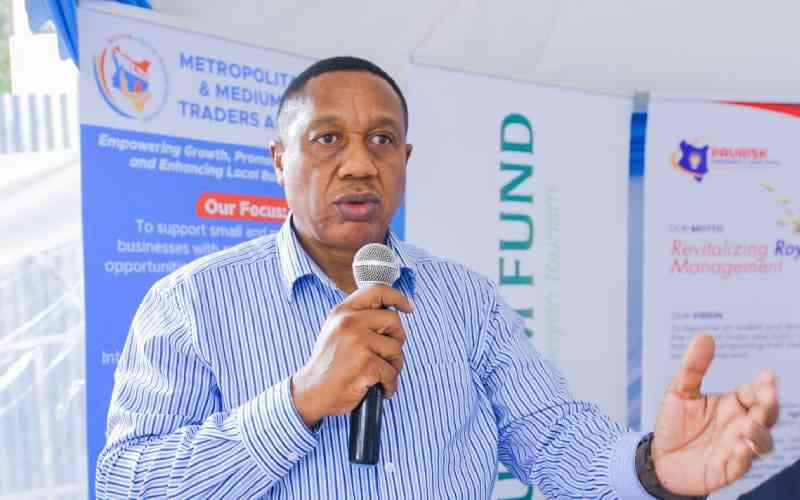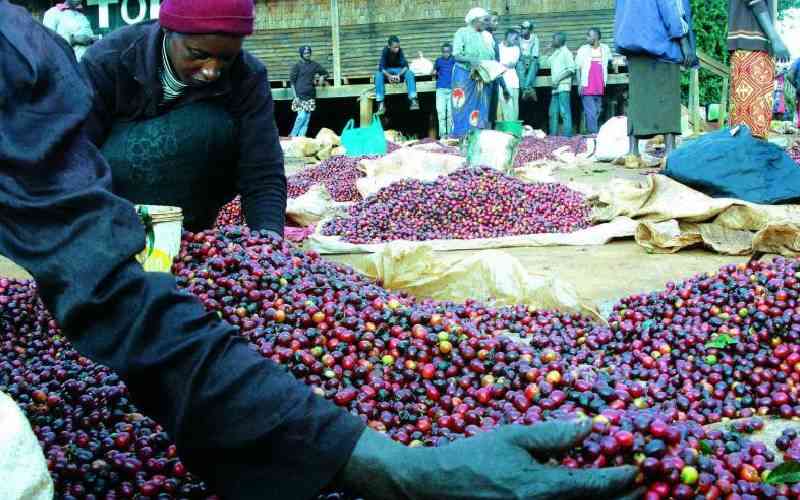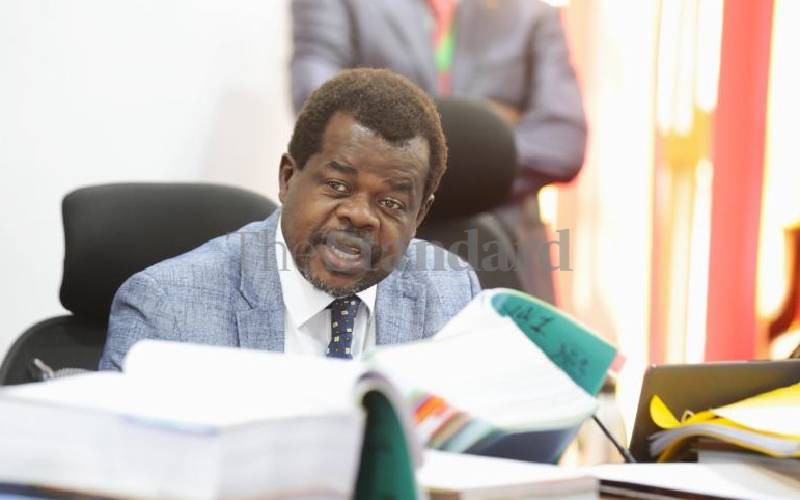Mombasa port is the entry to Kenya and East Africa, and the key inter-modal point for road and rail trade that connects to markets in Kenya, Uganda, Rwanda and Burundi as well as southern Sudan, eastern DRC, and parts of northern Tanzania.
In recent years, various projects and measures have been undertaken to improve port capacity and efficiency. They include dredging to accommodate large vessels; construction of a new berth; on-going construction of the second container terminal; and enhanced port security through the Integrated Security System supported by the World Bank.
The on-going infrastructure capacity enhancement is bound to ensure the installed port capacity keeps up with the constant growing volumes and associated demand for port services. It is projected that containerised traffic will continue to grow by 10 per cent annually, with all other traffic growing by 5.5 per cent.
The irony, however, is that while the EAC region is the second fastest growing in the world economically, it is the second most expensive to do business. The region still experiences high transit time leading to increased transportation costs, with freight costs per kilometre more than 50 per cent higher than in the US and Europe, and as high as 75 per-cent of the value of exports for landlocked states.
Past attempts to address challenges at the port have focused on Kenya Ports Authority (KPA) as an institution and wrongly excluded multiplicity of statutory bodies, as well as the private sector players who are an integral part of trade facilitation.
However, the launch on Monday of a new port community charter follows the over one-year intense and extensive consultations among all stakeholders, including government agencies, business, civil society organisations, and the Coastal community as well as special interest groups in Kenya.
The charter has four objectives which seek to establish a permanent framework of collaboration that binds the port community together, complement the individual institutional service charters by way of adoption and also educate and publicise it to cargo owners, traders, labour unions, the civil society, donors and the general public the best industry customs and practices.
The charter also seeks to develop and implement a self-monitoring and evaluation mechanism for collective community obligations. To this end, the port community has set ambitious goals that must be achieved to create the requisite momentum that cut across the entire logistics continuum, and will subscribe to key performance indicators (KPIs).
Towards this end, the Charter will deliver a shortlist of indicators that form the basis of the Mombasa Port Corridor Performance Dashboard that President Uhuru Kenyatta will launch on Monday in Mombasa.
It is envisaged the Government will consider incorporating the output of the proposed dashboard into performance contracting and evaluation in the Public Service for the state agencies involved in maritime transport and logistics facilitation.
The agencies who are co-signatories to the port charter recognise very clearly the need for continuous improvement, to make the port modern and highly productive.
KPA has gone the extra mile to produce a strategic plan that sets out the path towards implementation whose ultimate aim is to achieve a world-class regional hub.
TradeMark East Africa has worked with many agencies for three years to help modernise Mombasa Port. There has been substantial progress already, in terms of new investment and efficiency gains through the efforts of many agencies.
But there is still more needed. TradeMark provided technical and financial support to the extensive stakeholder consultations that began in March 2013 culminating in the Charter now ready to be signed.
The full implementation of the charter will no doubt improve the efficiency of the port, which in turn will have major positive impact on the economies of the countries it serves.
Stay informed. Subscribe to our newsletter
 The Standard Group Plc is a
multi-media organization with investments in media platforms spanning newspaper
print operations, television, radio broadcasting, digital and online services. The
Standard Group is recognized as a leading multi-media house in Kenya with a key
influence in matters of national and international interest.
The Standard Group Plc is a
multi-media organization with investments in media platforms spanning newspaper
print operations, television, radio broadcasting, digital and online services. The
Standard Group is recognized as a leading multi-media house in Kenya with a key
influence in matters of national and international interest.
 The Standard Group Plc is a
multi-media organization with investments in media platforms spanning newspaper
print operations, television, radio broadcasting, digital and online services. The
Standard Group is recognized as a leading multi-media house in Kenya with a key
influence in matters of national and international interest.
The Standard Group Plc is a
multi-media organization with investments in media platforms spanning newspaper
print operations, television, radio broadcasting, digital and online services. The
Standard Group is recognized as a leading multi-media house in Kenya with a key
influence in matters of national and international interest.








